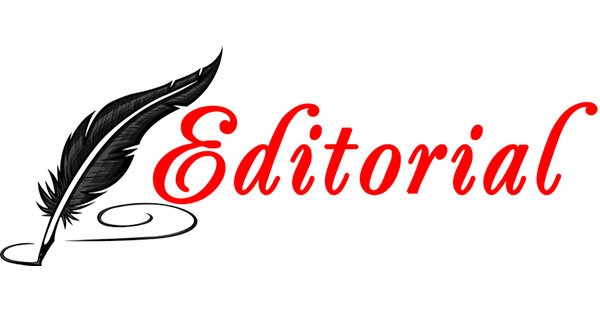By Staff Reporter
Copyright guyanachronicle

THE launch of My Lokono Journey, a new animated series developed by the Ministry of Amerindian Affairs, could not have come at a more critical time.
As Guyana celebrates Amerindian Heritage Month 2025 under the theme, “Igniting Unity, Celebrating Progress and Advancing Our Culture,” this initiative represents both a cultural milestone and a bold act of preservation in the face of looming loss.
The Arawak, or Lokono, language is among the most endangered in Guyana. Once widely spoken across coastal and hinterland communities, it is now at risk of disappearing as elders pass on and younger generations grow up immersed in a world dominated by English, Creole, and the pervasive influence of global social media.
As Alister Charlie, Regional Coordinator at the ministry, rightly noted: “If the Amerindian language is not preserved now, it may be lost forever.”
This warning is not unique to Guyana: UNESCO estimates that one Indigenous language disappears every two weeks worldwide, with 40 percent of the world’s 7,000 languages at risk of extinction.
The United Nations Declaration on the Rights of Indigenous Peoples, which Guyana supports, affirms the right of Indigenous communities to preserve, revitalise, and transmit their languages. By introducing an engaging, animated tool that blends oral tradition with modern technology, Guyana is putting words into action.
The concept behind My Lokono Journey, grandparents teaching children basic greetings and terms in Arawak, strikes at the heart of cultural continuity.
It recognises that language is not just a tool of communication but a vessel of history, identity, and worldview. Losing a language means losing centuries of knowledge, traditions, and ways of interpreting the world that are irreplaceable.
Importantly, this effort should not be seen as relevant only to Indigenous Guyanese. As Charlie pointed out, language preservation is a national responsibility.
Amerindian languages are part of Guyana’s broader cultural fabric, shaping place names, oral histories and even aspects of our national identity.
Just as we celebrate Creole as part of who we are, so too must we embrace Arawak, Carib, Wapishana, and other Indigenous tongues as living expressions of our collective heritage.
The government’s investment in language preservation is commendable.
Pilot projects such as this animated series should be supported by broader programmes in schools, teacher training, and the integration of Indigenous languages into curricula.
Digital storytelling can reach today’s youth, but community-based language revitalisation—through cultural camps, recordings of elders, and integration into daily use—will determine whether these languages thrive or fade.
My Lokono Journey is a step in the right direction: short, accessible, and designed for modern platforms where attention spans are fleeting. If it resonates, it can be expanded to include other Indigenous languages, each facing the same pressures of modernisation and neglect.
As we celebrate Amerindian Heritage Month, we should remember that unity and progress must be built on cultural survival. Reviving the Arawak language is not only about honouring the past, it is also about ensuring that future generations inherit a Guyana where Indigenous voices are not silent, but vibrant, living, and heard.